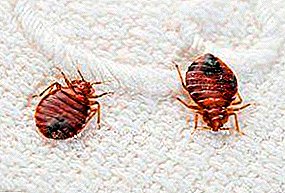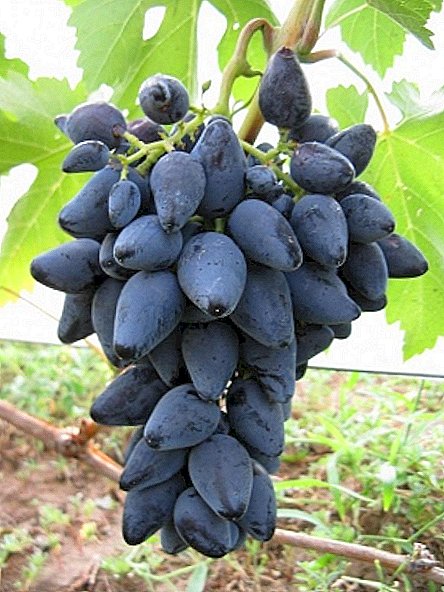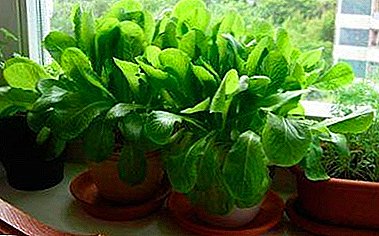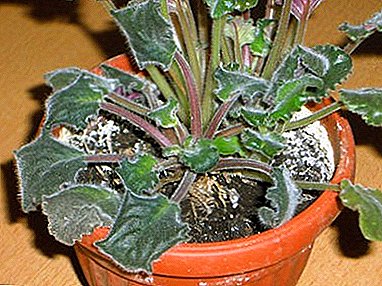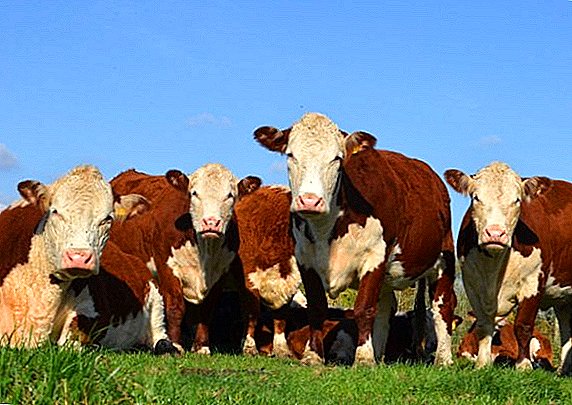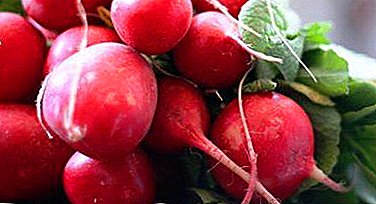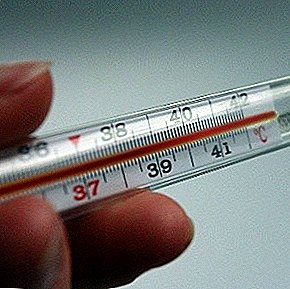
The greatest problem on hot summer days for poultry is the sun. During this period, it is much easier for ducks and geese with access to water bodies.
And if the natural reservoir is absent or too remote, they can splash in the bath or basin, provided for this case by the owner.
Non-waterfowl endures heat much more difficult. Chickens and turkeys are literally exhausted from the heat, trying to hide in the shade.
But even this does not help much if the heat is too strong, without a single whiff of wind.
Hyperthermia most often occurs when a bird is walking in direct sunlight.
Chicks are most susceptible to overheating, ducks with goslings, which are kept in pens without ponds, are also at risk.
What is dangerous hyperthermia in birds?
 Hyperthermia can cause the most severe damage to a broiler population.
Hyperthermia can cause the most severe damage to a broiler population.
This industrial bird is intended exclusively for keeping with observance of special temperature and light conditions.
And if the household does not adhere to such a regime, it is unlikely that it will be possible to save the livestock from the heat and the overheating caused by it.
Broilers die of hyperthermia very quickly, and, as they say, in packs.
Acute overheating has a detrimental effect on the growing body of broiler chickens.therefore, in the heat they need to be kept in the coolest room, controlling the temperature and humidity, otherwise there is a risk of losing the entire herd.
Huge losses may be incurred by the farm, in which the peak of hot days occurred during the incubation period. We mean natural incubation - incubation of chickens with hens, since in modern incubation systems temperature control is carried out automatically.
But if suddenly something went wrong, the automation stopped working, the temperature in the incubator increased, provoking hyperthermia, up to 80% of embryos could die, and from time to time, poor-quality young animals would emerge from the eggs.
Increased temperature during the first two days of incubation increases the percentage of congenital deformities in the future of young animals.
Deformity or underdevelopment of the eyes, cerebral hernia, curvature of the front part and beak - this is an incomplete list of deformities, in the presence of which the bird will not be a full-fledged productive individual.
Symptomatology
 When overheated in birds, there is weakness (this condition is also called sleepy), hens, ducks and geese carry eggs in a very thin shell, and even without it.
When overheated in birds, there is weakness (this condition is also called sleepy), hens, ducks and geese carry eggs in a very thin shell, and even without it.
The broilers from overheating start wheezing, stretching the neck. If on hot days the birds do not have enough water in the drinkers, then they begin a process of intoxication, the crest becomes blue and wrinkled, the bird loses its appetite, and it starts upsetting the stomach.
When birds are overheated, the already active metabolism rises, and, as a result, the body temperature rises to 44.
During incubation, overheating affects the embryo in such a way that it sticks to the membranes that are under the shell and, naturally, cannot develop fully. A sign of acute hyperthermia is the simultaneous death of all embryos..
Diagnostics
 The most accurate diagnostic sign in this case may be the weather forecast.
The most accurate diagnostic sign in this case may be the weather forecast.
If there is an incredible heat outside and the same weather is foreseen in the next few days, then possible overheating in poultry should be foreseen.
Focus not only on weather conditions, but also on the state and behavior of birds. If you notice the symptoms described above (at least one of them), take immediate action, as the death from hyperthermia occurs very quickly.
By diagnosing overheating, It is important to eliminate all infectious and non-infectious diseases of poultry., in which also manifests lethargy, loss of appetite and indigestion of the stomach.
Treatment and Prevention
 In case of overheating of the birds, the treatment, as such, does not apply.
In case of overheating of the birds, the treatment, as such, does not apply.
This is the case in which the best therapeutic method is prevention. All hope is for her.
As practice shows and many years of experience in industrial and domestic poultry farming, the maximum effect in prevention can be achieved with the expenditure of minimal effort using the simplest method:
- provide a walking area for birds Having created a shadow, you will be able to protect your pets from falling into direct sunlight, which is the main cause of hyperthermia in birds;
- at the hottest time of day birds can be driven into a well ventilated house with a cool floor and walls;
- poultry should have constant access to drinkers and should not experience water shortages - drinkers should be filled at any time of the day;
- water for birds should be fresh, clean and cool;
- place artificial ponds in waterfowl pens;
- if possible, supply the house with air conditioning.
In the heat of the birds it is undesirable to overfeed, but they should not suffer from lack of food. Therefore, try to include in the diet as much as possible of juicy green food - thus, the birds will both be saturated and replenish the moisture reserves in the body.
 Fight chickens Azil is not for nothing that they are considered one of the most beautiful fighters.
Fight chickens Azil is not for nothing that they are considered one of the most beautiful fighters.Treat sinusitis in chickens! On the page //selo.guru/ptitsa/kury/bolezni/k-virusnye/sinusit.html you will learn how to do this.
With the onset of hot days, some inexperienced poultry farmers are beginning to actively feed all sorts of bird supplements. Should afflict them: from overheating supplements do not help. Give them better than ordinary grass.
How to protect chicks?
 One of the success factors for incubation is considered to be the temperature and humidity regime at which the embryo grows and develops.
One of the success factors for incubation is considered to be the temperature and humidity regime at which the embryo grows and develops.
And it's not so much about the microclimate inside the egg, but about the climate in the room where the incubation is performed.
It has long been the custom that hen is the most respected of hens. She is fed more nourishingly, and the water in the watering system is changed more often, and the room for chickens hatching chooses the coziest, so that the chicken is not hot.
Maximum comfort not only for the hen, but also for the eggs, tried and are trying to create poultry farmers at all times and in farms of all forms of ownership. Indeed, the development of the embryo directly depends on the state of the air environment in which it is located.
Another thing can happen: the high temperature in the room plus the temperature created by the hen's body leads to the death of the embryo or the congenital deformities of the young.
Hyperthermia does not like when it is not taken seriously. This should be remembered by all poultry farmers who care about the quality of livestock.


